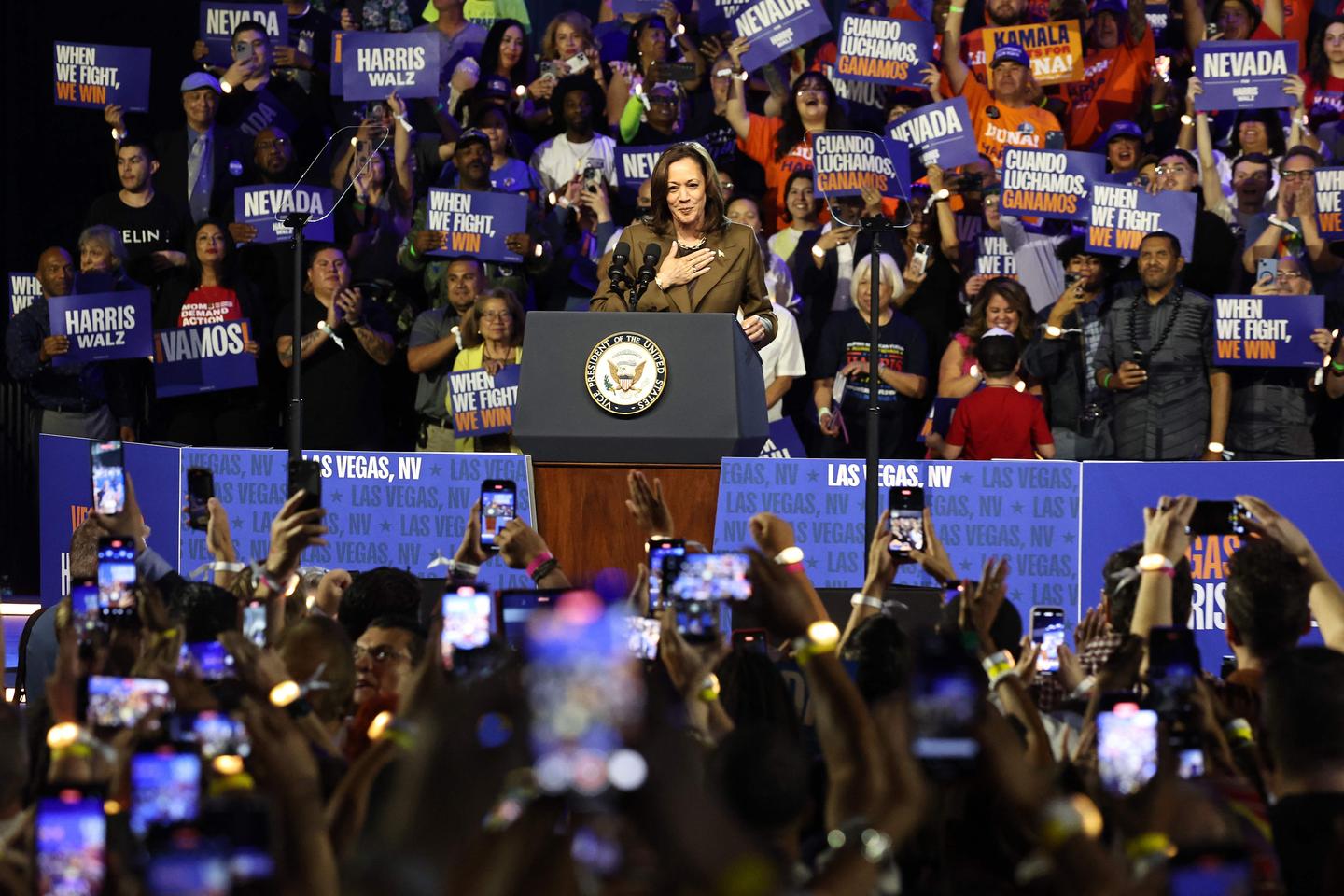


Are we witnessing increasing political polarization? Is it political debate that is becoming polarized, or people's opinions? In their book, Une histoire du conflit politique: Elections et inégalités sociales en France, 1789-2022 ("A History of Political Conflict: Elections and Social Inequalities in France 1789-2022"), economists Julia Cagé and Thomas Piketty make the case that social circumstances, and particularly economic inequalities, determine voting patterns more than opinions or "identities." They back up their argument with a set of statistical tools which, at the level of French municipalities, is unrivaled to date. Yet when it comes to opinions, a simple objective observation seems very difficult to perform, and acquiring systematic statistics seems impossible. Nevertheless, a branch of the social sciences has been attempting to meet this challenge, using rigorously constructed opinion surveys.
An ongoing research project, which Southern Methodist University economics professor Klaus Desmet recently presented at the Paris School of Economics, has proposed a new method for measuring ideological polarization. His analysis has focused on the US, but it would be relatively simple to replicate it in France, since it's based on international surveys (drawn from the World Values Survey), which question large samples of people in many countries about the values they hold (political, religious, moral, economic, etc.).
Desmet's goal was to form groups based on shared values, and to measure both their internal homogeneity and the distance separating them. Based on common-sense assumptions, he has been able to gather all of the surveys' respondents into (any number of) groups, such that each member of a group is closer to others in his group than to those in other groups.
Having applied his method in the US since 1981 (the date of the first survey, followed by six others since), he's chosen to focus on the case of a partition into two specific groups. First, he's found that the relative sizes of the two sets have remained fairly stable (nearly 60% of respondents in one, 40% in the other), and that the ideological "distance" between the two groups has hardly varied since 1981, which invalidates the notion that people's values have become increasingly polarized. He has confirmed an already well-known analysis, which states that the main opinions that divide the two groups are, in the US at least, religious and moral ones, more than economic or social opinions, and that there is no significant distinction between the groups based on people's races, social classes or genders.
You have 40.29% of this article left to read. The rest is for subscribers only.
